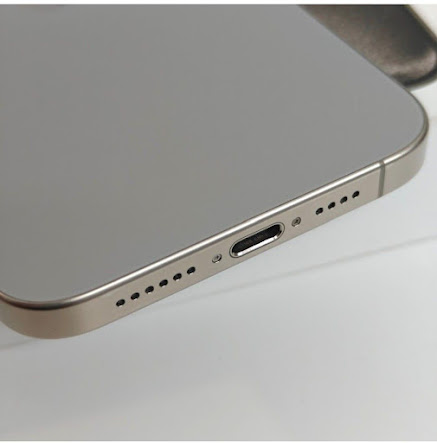iPhone 13 Pro Ear Speaker Not Working: Troubleshooting Guide
Nothing is more causing than trying to make or answer a phone call on a smartphone and not being able to hear the person on the other end. If you're having trouble with sound quality on your iPhone it could be a minor fault that can be easily resolved. However, in rare cases, it could signify a more significant issue or underlying iphone Speaker Repair . Fortunately, there are several troubleshooting strategies you may do at home. Before you spend money on a repair, check out our advice on how to fix phone sound difficulties on your smartphone.
5 Simple Steps to Resolve Phone Sound Issues
Your iPhone may be having sound issues for a variety of reasons. Often, the problem resolves itself after attempting a few basic techniques. To restore sound on your device, follow the procedures outlined below.
1 .Check the audio volume levels.
Before you do anything else, be sure your speakers are working properly. If you're an Apple user, navigate to Settings > Sounds & Haptics. Drag the slider to the right below Ringers and Alerts to raise the volume. If you hear any sounds, your speakers are working. If not, your phone may need hardware repairs.
To boost the volume on an Android device, use the volume button on the side. You can also utilize the volume sliders that appear on screen when you hold down the volume button. To expand, click the down button beside the slider. Swipe to the far right to increase your sound volume.
2 . Disable Do Not Disturb mode.
If you enable Do Not Disturb mode on your device, all incoming calls and notifications will be silenced. If your settings mistakenly change to this mode, you will most likely miss notifications and incoming calls.
To disable Do Not Disturb on an iPhone, go to Settings, then Do Not Disturb, and then turn the switch to Off. On an Android phone, go to Settings, then pick Sound, Do Not Disturb, and Automatic Rules. You'll want to deselect and turn off all of your Automatic Rules.
3. Turn off Bluetooth.
When your phone couples with a Bluetooth device, a sound signal is sent to the device rather than your phone's speaker. Turn off Bluetooth capabilities to see if that's causing your sound troubles. On an iPhone, navigate to Settings > Bluetooth. If the button is green, flip the switch to the Off position. On an Android, open Settings and select Connected Devices. Then, pick Bluetooth and turn the switch to Off.
4. Test sound on a headset.
Next, test the sound on your smartphone using a headset. If your device does not have an audio jack, turn on Bluetooth and get a Bluetooth speaker or headset. Alternatively, if you have a recent iPhone model, connect your headphones via the Lightning connection. If this works, there could be a problem with your phone's hardware.
Try Resetting your phone.
Finally, as a final resort, reset your phone to its default settings. Before starting, make sure you have backed up your smartphone to avoid losing all of your data and photos.
To reset your iPhone's settings, select Settings > General > Reset > Reset All Settings. If you're an Android user, start by going to your settings. Click System > Advanced > Reset Options > Erase All Data. To continue, you may need to enter your PIN.




Comments
Post a Comment